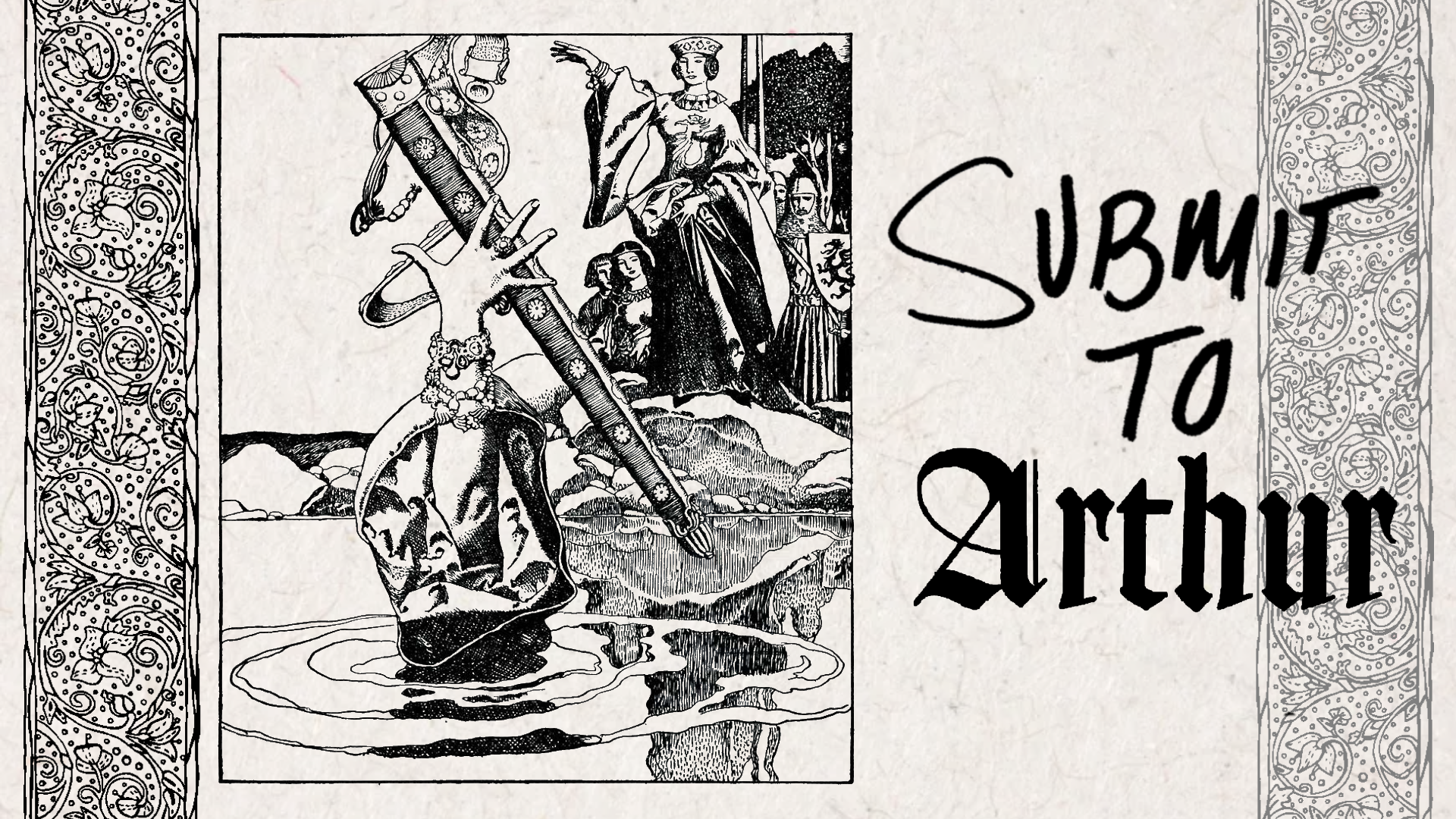As a Pakistani-born Canadian, I often think about race politics and colonization. Black Heritage Month examines these topics and allows me to reflect on my “browness” and what that means.
There are forms of racism that find themselves in non-white majority countries; this is the kind of racism that I will be discussing…Racism in Pakistan, which is tied closely to a colonial history and classism.
The way this racism affects women is especially troubling, as beauty standards reflect this prejudice and have a detrimental effect on the future successes of many women in Pakistan.
Growing up, my co-editor Zara and I were told that we were very “fair” in praising tones. We were told to stay out of the sun so that we didn’t tan. We never questioned this at the time.
In retrospect, as young Pakistani women who are now aware of colonialism and white privilege, we now understand that these comments were the side effect of a severely skewed societal standard of beauty.
The nuances of race in Pakistan are a topic of discussion that often leaves our tongues.
The Oxford Dictionary defines racism as: “A person who shows or feels discrimination or prejudice against people of other races, or who believes that a particular race is superior to another.”
Racism is institutional, and permeates every aspect of daily life. It appears every day within Pakistani society through the media, comments made by friends and family members, as well as classist and sexist approaches to what is deemed beautiful.
Pakistan was once a part of India, a nation that was under British colonial rule for hundreds of years.
The residual affects of colonialism exist in Pakistan today, and the mainstream beauty standards reflect this colonial history.
Within this context, the idea of what is considered attractive is inexplicably tied with the notion of white as beautiful. The fairer one is, the more beautiful they are considered.
One would assume that the preference of light skin is acknowledged in subtle ways, so as not to offend anyone. This is false.
Pakistani (and Indian) media is brimming with advertisements for skin creams and ointments that promote skin lightening, commonly known as skin bleaching.
These advertisements are framed so that the subject, a dark individual, is leading a mediocre life until they discover Fair and Lovely. As soon as their skin shows results, their life quality somehow improves. They get their dream job, the sun shines brighter, and most importantly, they find the love of their life.
These ads are primarily targeted towards women.
Fair and Lovely is produced and marketed by the monolithic corporation Unilever, which is also the umbrella company for Dove. Dove has become known for its body positive campaigns that have gone viral.
Unilever profits upon the insecurities and destructive social norms of beauty standards in Pakistan by further embedding “whiteness” as ideal into people’s heads.
Flip to a channel on Pakistani television and you’ll see the fairest of people. Pakistan is a big country with the sixth largest populace in the world. The vast variety of languages and roots is staggering.
Thus, there is no one face that can define what Pakistan looks like. Despite this, anchors, soap opera stars and even politicians are extremely fair, representing only a portion of Pakistani individuals and perpetuating the damaging idea that white is better.
If someone does have dark skin, they are usually playing a lower class, or villainous character. The dark skinned person is essentially the “bad guy.”
Imagine the detriment this has on young minds, and how it affects their self-esteem.
Why is whiteness the crux of civility? When did that become a norm? We discuss North American colonization and the erasure of visible minorities in the media. Imagine this taking place in a nation where there are barely any actual white people, yet whiteness is the pinnacle people strive for. Such is the case in Pakistan.
These beauty standards affect young women in Pakistan, especially. In a country where marriage is often arranged, or at least strategized, the preference for fair skinned girls in engagements negatively affects the marriage prospects of girls with darker complexions.
Men have a better chance of being financially stable and independent, and can find a woman to marry whether or not he is dark.
In comparison, women are crucially judged on their appearance before any commitments are made.
Due to the sexism that also exists in Pakistani society, to be more marketable (to be more fair-skinned) is stressed more on brown women than men. Women are more likely to be subjected to scrutiny over their darkness.
Though brands like Fair and Lovely have recently started targeting men, the onus falls on women to make themselves more attractive by not being kala - the word for ‘dark- skinned.’
Prejudice must be pointed out and contextualized.
Post-colonial nations are still dealing with the ripples and aftershocks of colonization, and the human body at the most intimate level is the target of this oppressive history.


.png)

.jpg)





.jpg)

.jpg)





.jpg)


.jpg)


.png)